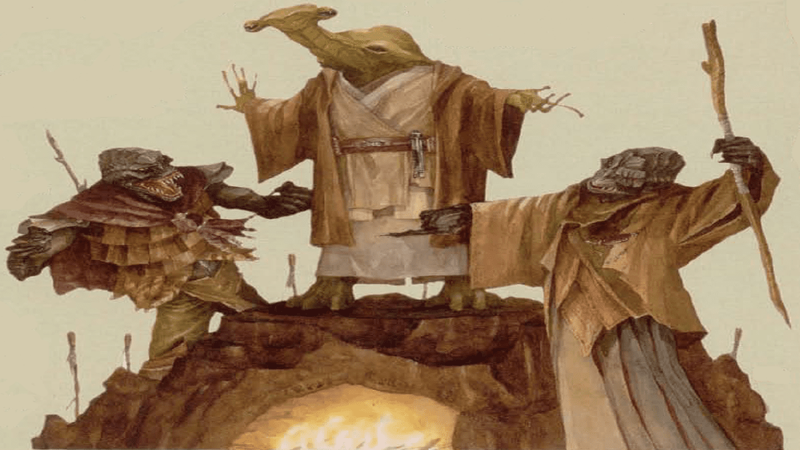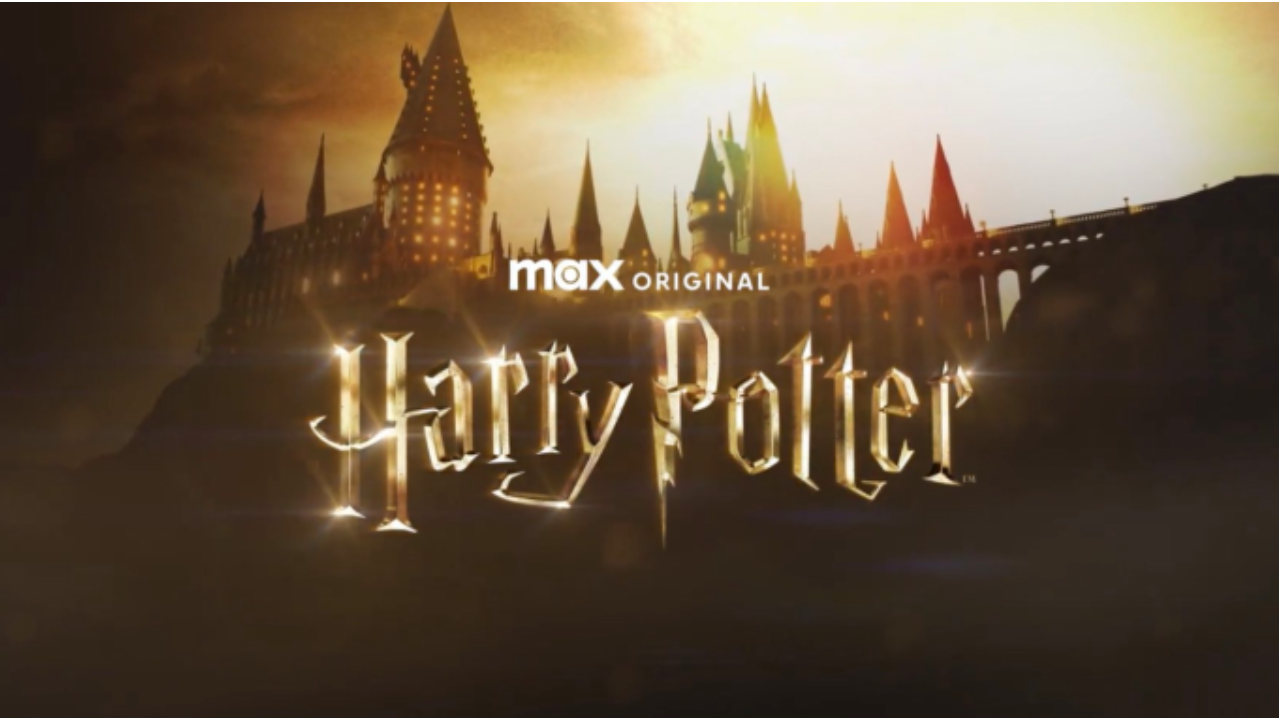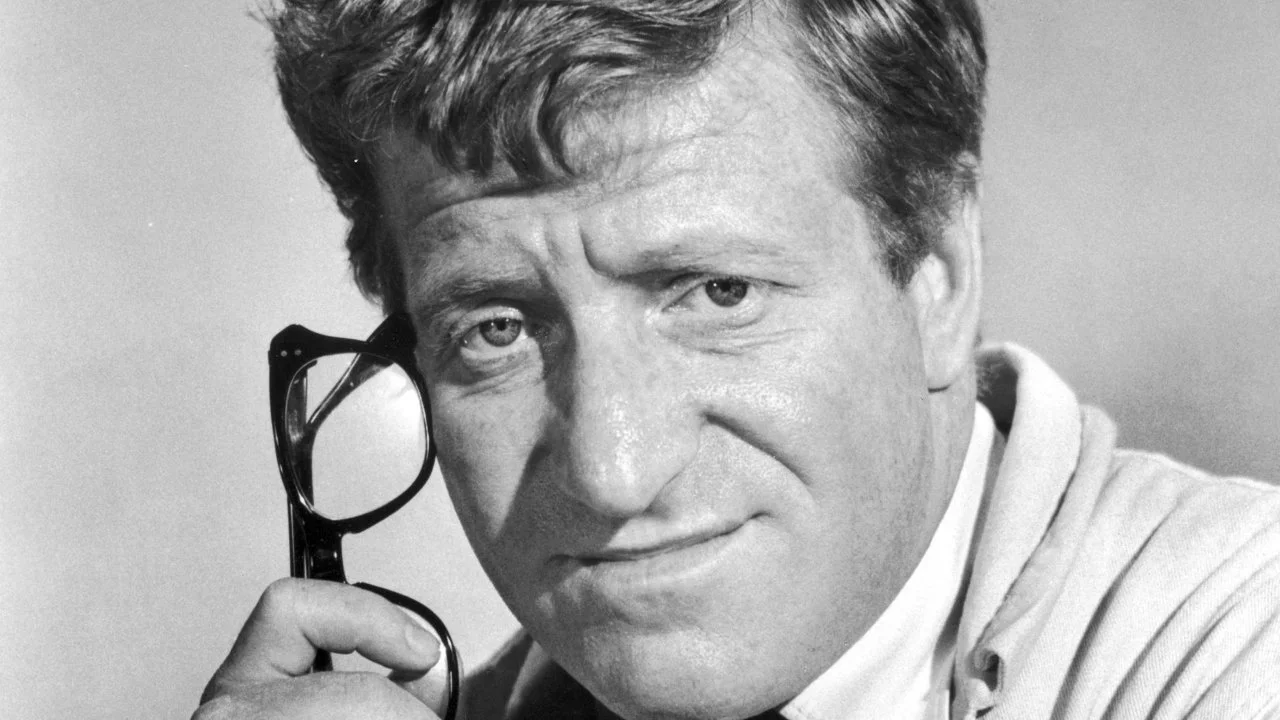How The Jedi And Sith Influenced Galactic Warfare
Image Source: Wookieepedia
As the name suggests the galaxy in Star Wars is rife with constant conflict. For thousands of years wars have raged and entire empires have risen and fallen. Chaos and peace are engaged in a consistent tug-of-war and neither ever seems to have its time to shine before the other is creeping up behind it.
Amid this turmoil, the Jedi and Sith have stood, opposing forces whose clashes have shifted the entire landscape of warfare time and time again.
Technology
It's no secret that to the Sith, bigger is better. From the Star Forge to the Death Star the Sith have consistently sought massive weaponry to impose their will upon the galaxy.
Shame it rarely works.
RELATED:
Image Source: Wookieepedia
Rather, there's always a fatal flaw, always something overlooked in these massive machines of war. For the Star Forge it was disabling its vulnerable orbital stabilizers, for the Death Star it was the thermal exhaust port.
So it's no wonder that Jedi and their allies, generally outnumbered and outgunned, nevertheless tend to succeed through simplistic technology and guile. Sure there's the Force, but also simply being able to choose quality over quantity. The Confederacy of Independent Systems might have had billions of guns at their disposal and spent trillions of credits on all sorts of nefarious and experimental weaponry, but it was the Jedi and the clones, utilizing out-of-the-box tactics and sheer skill that (temporarily) won the day at the end.
Even their more tenacious and skilled types of foes often can do little more than hold their Force-wielding counterparts at bay with their bags of tricks. The Mandalorians are famed for their skill, weaponry, and rare beskar alloy armor. Yet even at the height of their power, the then Jedi Revan was able to identify their weakness, challenging and defeating Mandalore the Ultimate and leaving the Mandalorian army leaderless and adrift. And later it would be the Sith Lord Maul who utilized that same weakness, slaying the Death Watch leader Pre Vizla and seizing control of his forces and the planet.
This is part of the reason why we rarely see the likes of power-armored super soldiers running around on the battlefields of a galaxy far, far away: it's a little difficult to justify that time and expense when any group of Force Users can either turn that armor into a useless tin can with a couple of quick moves or send the user on a wild goose chase with a judicious wave of the fingers and a quick Mind Trick.
Morale
It cannot be overstated as to the effect a Jedi's presence has on the battlefield with or without specialized abilities. As seen throughout the Clone Wars, a Jedi General's presence was an inspiring sight and could push a trooper to fight to the bitter end. Even millennia prior, in the occasions in which the Republic itself burned, its remaining forces could be spurred on by a Jedi. Jace Malcom, a respected Republic Forces soldier, often fought closely and rallied his troops to engage the enemy alongside Satele Shan while a generation prior, Revan and Malak rallied a flagging Republic to beat back the aforementioned Mandalorian invasion.
That's to say nothing about the effect a Jedi being on the field has on the enemy. While they often stood in front of their men to block incoming blaster fire, effectively becoming bulwarks against enemy fire, many enemy forces successfully identified that Jedi serve as rallying beacons, boosting morale and spurring their allies to greater heights. It’s no coincidence that, despite most of Rebellion having never seen a Jedi during the height of the Empire, their legends continued, causing them to seek out Obi-Wan Kenobi and making Luke Skywalker a source of inspiration–a new hope, one might say.
Image Source: StarWars.com
That’s to say nothing of the more mystical powers of warfare Jedi and Sith can bring to bear. Bastilla Shan was famed for her powerful usage of the Battle Meditation technique, a skill that could supernaturally coordinate and rally entire armies into a powerful fighting force. Granted, this power was not simply limited to the Light: when Bastilla was tortured and briefly turned to the Dark by Darth Malak, her powers made it almost for the Republic to counter the Sith Offensive. Darth Sidious used the ability to great effect, all but subjugating his subordinates' minds as he ruled the galaxy with an iron fist and sent the Imperial fleets into turmoil upon his initial defeat.
Diplomacy
It is said that the pen is mightier than the sword, and this doesn’t change even in a galaxy far far away. Some of the greatest war heroes were the ones who ensured wars never happen, as it is the supreme art of war to subdue the enemy without fighting.
For centuries, the Jedi strived to serve not only as protectors but diplomats and arbiters, peacemakers as well as peacekeepers. While many knew them for their ability to fight, the Jedi philosophy meant that fighting was actually their last course of action in a brewing conflict.
Image Source: Wookieepedia
Highly educated and taught to examine all aspects of a scenario, as well as skills in politics, investigation, negotiation, and litigation, Jedi were often called upon to serve as diplomats and arbiters. Though this was usually attributed to the school of study of those who chose the rank of the Jedi Consular, this was by no means limited only to them. Obi-wan Kenobi, for example, despite being considered a more action-oriented Jedi Guardian, earned the nickname “The Negotiator” for his silver tongue, calm demeanor, and unwillingness to fight if he could seek another solution.
Of course, for all their diplomatic prowess, the Jedi Order would fall victim to the very art of diplomacy they’d cultivated. While they used their skills and connections to curtail conflicts, the Sith Line of Bane, the last Sith of the galaxy, hid in the shadows and did the opposite, slowly eroding political goodwill, arranging accidents and conflicts, and chewing away at the Jedi’s reputation and millennia-long efforts until Darth Sidious initiated Operation Knightfall, slaying a vast majority of the Order in a single night with no legal repercussions. Still, despite this dark victory, it would be the Jedi who, following his defeat, ushered in a new wave of peace and prosperity through negotiation and diplomacy, rather than continuing the bloodshed.
And so it would continue, an ever-present tug of war between good and evil among the stars. Peace and war go hand in hand, even in a galaxy far, far away
READ NEXT:

















